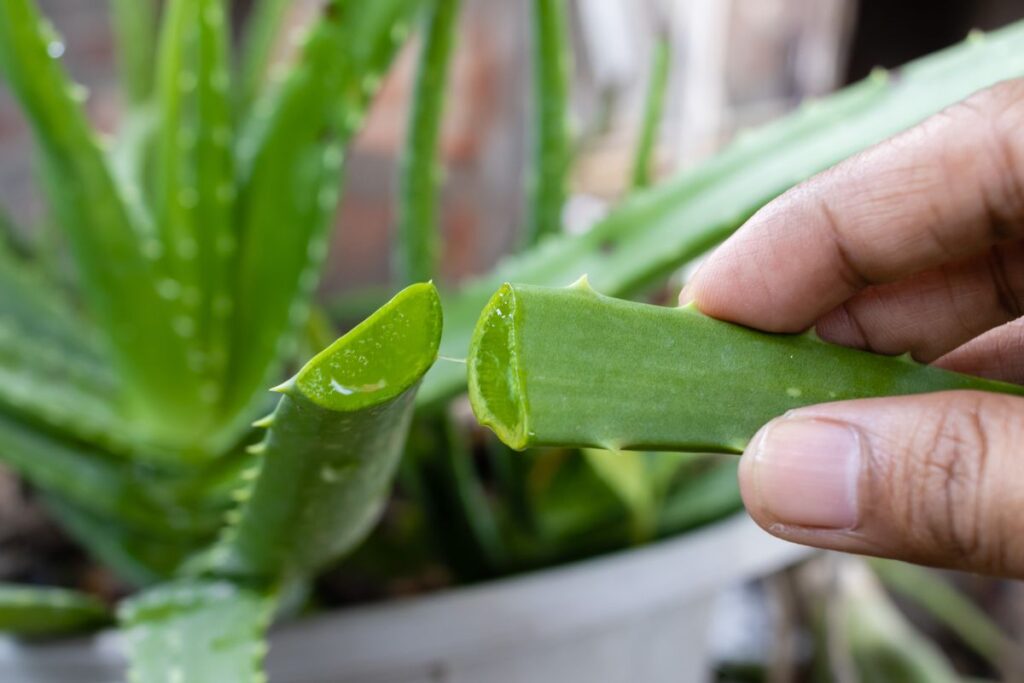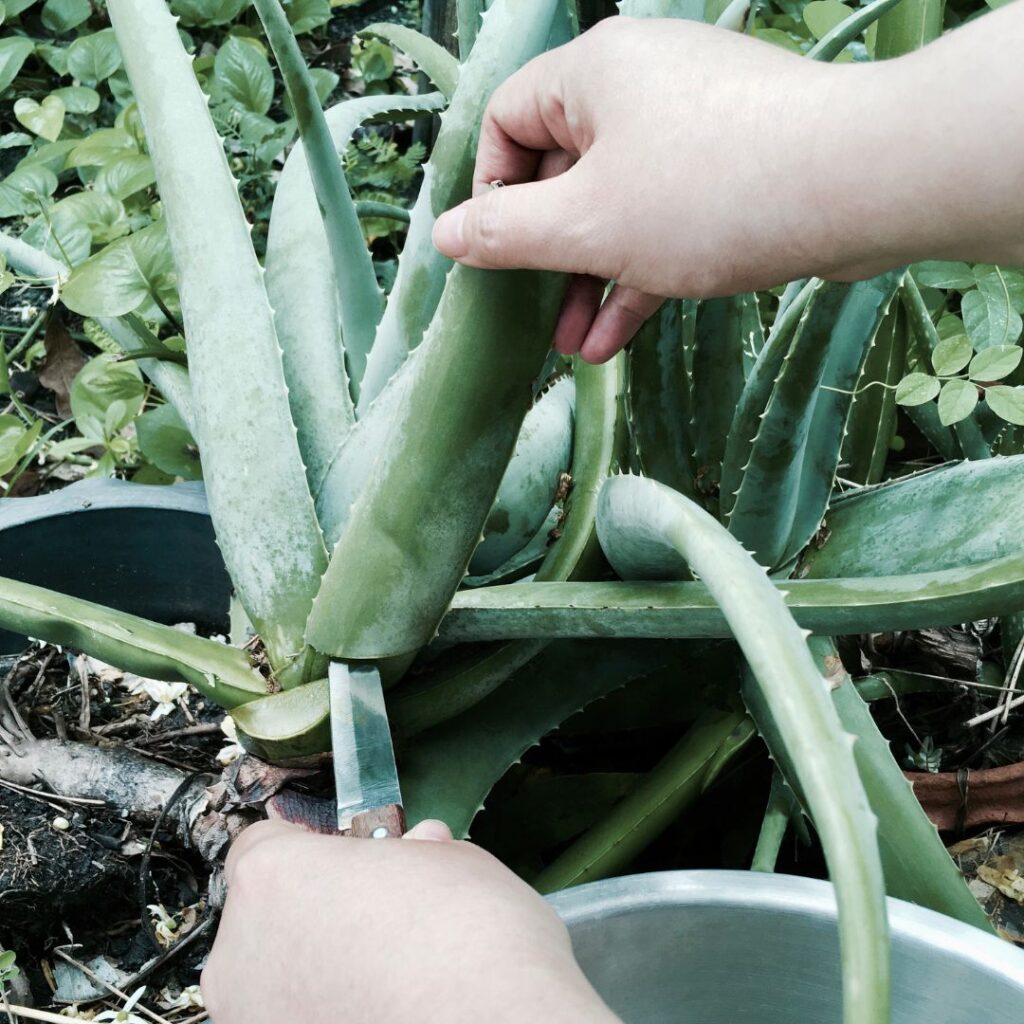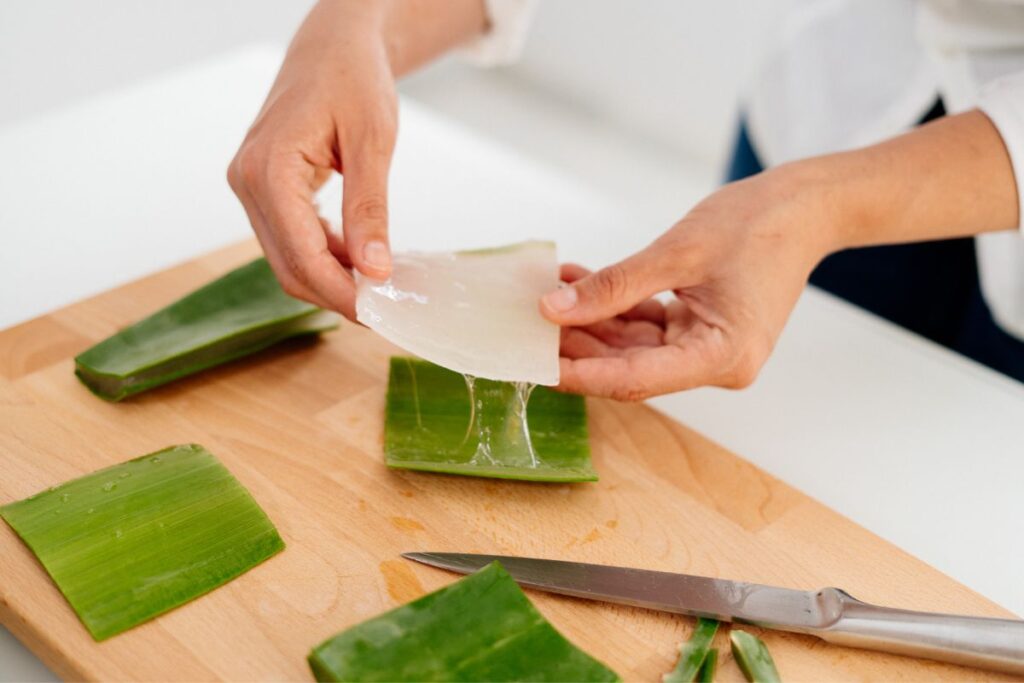Harvesting Aloe Vera – How & When To Cut The Leaves
If you’ve been nurturing an aloe vera plant, you’ll want to make the most of its healing properties when harvest time arrives. While these resilient succulents can withstand various growing conditions, proper harvesting techniques make all the difference between damaging your plant and maintaining a sustainable source of natural gel. Even experienced gardeners can make critical mistakes when cutting aloe leaves, potentially harming the plant or reducing the gel’s effectiveness. Understanding the right timing, tools, and methods won’t just protect your plant – it’ll guarantee you’re getting the highest quality gel for your health and beauty needs.

Contents
When To Harvest Aloe Leaves
The perfect time to pick aloe leaves comes when your plant is at least 2-3 years old and has thick, mature leaves measuring 8 inches or longer. Only harvest from the plant’s outer portion, where you’ll find the oldest growth.
Choose leaves that are plump, firm, and show no signs of damage or disease. Don’t harvest more than 3-4 leaves per plant at once to maintain its health.
Selecting The Right Leaves
Selecting healthy aloe leaves requires careful attention to specific characteristics. Choose outer leaves that are thick, plump, and at least 8 inches long. Look for leaves with a uniform green color and no brown spots or signs of disease.
You’ll want to pick leaves from the plant’s base, ensuring they’re mature but not old or damaged.

Essential Tools For Harvesting
Recommended Safety Equipment
Before harvesting aloe vera, gather essential safety items to protect yourself from the plant’s thorny edges and sap.
You’ll need thick gardening gloves to shield your hands from spines and prevent skin irritation from the yellow latex. Keep safety goggles handy to protect your eyes while cutting, and wear long sleeves to avoid contact with the plant’s natural irritants. A small first aid kit guarantees you’re prepared for minor cuts.
Basic Cutting Implements Needed
Several essential cutting tools are required for properly harvesting aloe vera leaves. You’ll need clean, sharp implements to guarantee precise cuts that won’t damage the plant or compromise the gel quality.
- A sharp pruning knife with a curved blade for clean, angled cuts
- Sterilized kitchen scissors for smaller leaves
- Garden shears for thick, mature leaves
- Small serrated knife for detailed work
- Clean cutting board for gel preparation
Proper Cutting Techniques
Harvesting aloe leaves requires precise cutting techniques to protect both the plant and its valuable gel. Select an outer mature leaf and cut it at a 45-degree angle as close to the base as possible. Make your cut clean and swift to prevent tearing.
Don’t harvest leaves from the plant’s center or top, as these are essential for continued growth. Wipe your blade clean between cuts.
Extracting And Storing The Gel

Once you’ve properly cut your aloe leaves, you’ll need to extract the gel within 1-2 hours for maximum freshness. Use a sharp knife to remove the spiny edges and separate the top layer from the bottom. Gently scoop out the clear gel with a spoon, avoiding the yellow latex near the rind.
- Place gel in clean glass container
- Store in refrigerator up to 1 week
- Freeze in ice cube trays for longer storage
- Add vitamin C or E to preserve freshness
- Label containers with harvest date
Plant Care After Harvesting
Proper aftercare helps your aloe vera plant recover quickly from leaf harvesting. Wait at least 2-3 weeks before cutting additional leaves to allow healing. Keep the soil slightly dry, as overwatering can lead to rot in the fresh cuts.
Place your plant in bright, indirect sunlight and maintain temperatures between 55-80°F (13-27°C). Remove any leaves that show signs of infection.
Common Harvesting Mistakes To Avoid
Successful aloe vera harvesting requires avoiding several critical mistakes that could harm your plant or reduce gel quality. Being mindful of these common errors will help you maintain a healthy plant while providing the best healing gel for your family and friends.
- Cutting leaves that are too young or small (under 6 inches)
- Taking too many leaves at once (never harvest more than 3-4 at a time)
- Making jagged or unclean cuts
- Harvesting from a stressed or unhealthy plant
- Pulling leaves instead of cutting them cleanly at the base
